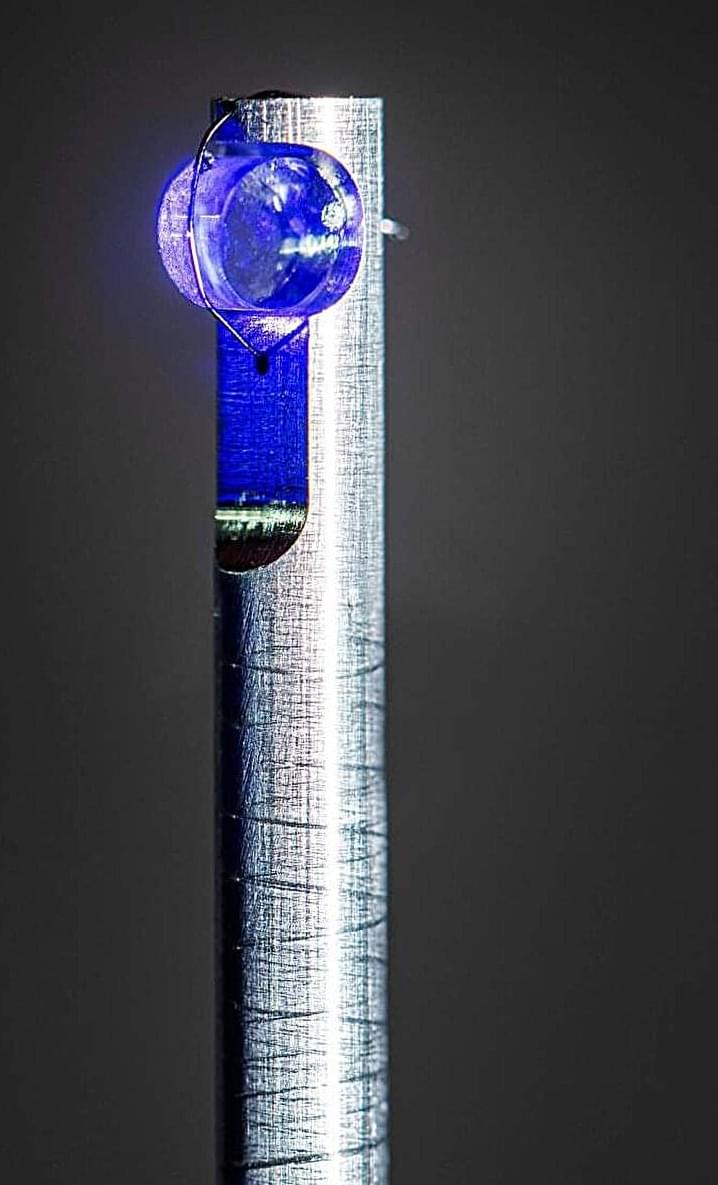For nearly a century, scientists around the world have been searching for dark matter—an invisible substance believed to make up about 80% of the universe’s mass and needed to explain a variety of physical phenomena. Numerous methods have been used in attempts to detect dark matter, from trying to produce it in particle accelerators to searching for cosmic radiation that it might emit in space.
Yet even today, very little is known about this matter’s fundamental properties. Although it operates in the background, dark matter is believed to influence visible matter, but in ways so subtle that they currently cannot be directly measured.
Scientists believe that if a nuclear clock is developed—one that uses the atomic nucleus to measure time with extreme precision —even the tiniest irregularities in its ticking could reveal dark matter’s influence. Last year, physicists in Germany and Colorado made a breakthrough toward building such a clock, using the radioactive element thorium-229.
